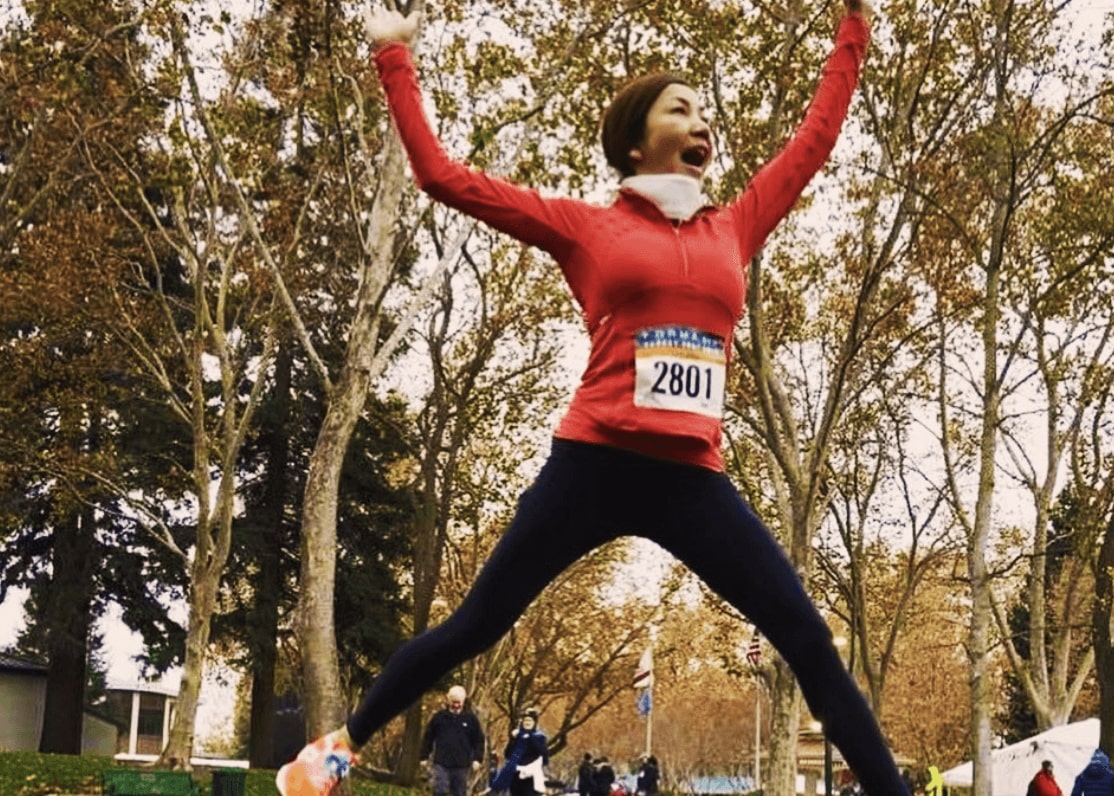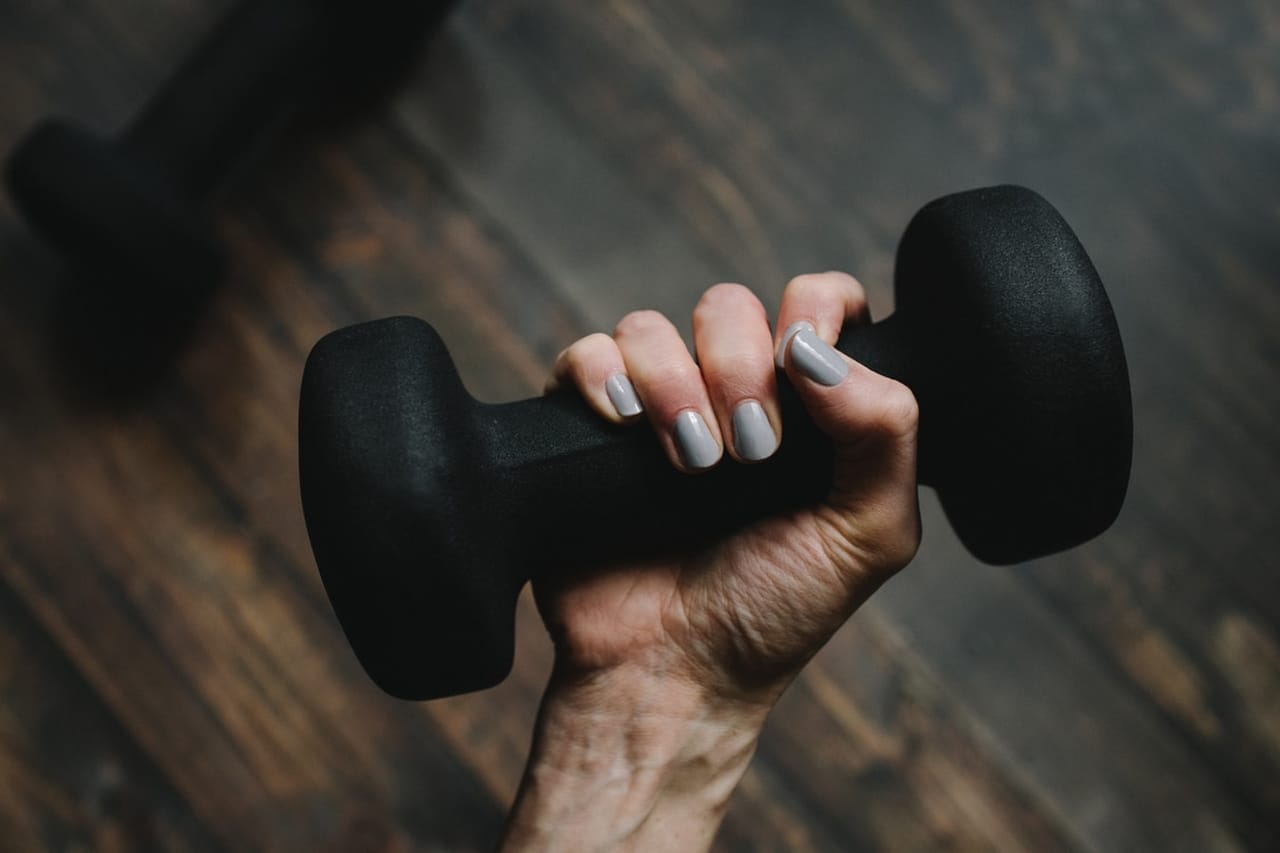There’s nothing better than the look in someone’s eyes when they discover benefits of massage therapy that they hadn’t expected. After blending massage into their routine, even monthly, they notice increased range of motion and realize how much more they can do with their body.
It might sound like I’m joking when I say I got into massage therapy by accident, but it’s true. More specifically, it was a 2007 snowboarding accident.
As luck would have it, while on bedrest after the accident, I kept seeing the same TV ad for a massage school. I had always been athletic, so I was hooked, especially when I learned that I could have free daily massages when I started taking classes.
I was still recovering and could barely move. But I started classes anyway and found much more to love than just the free massages.
Massage wakes up the body and the mind.
After becoming certified in 2008, I worked for a mom-and-pop physical therapy office, followed by a major spa chain. Later, I joined a chiropractic office before discovering Forma Gym. Working alongside these professionals, I witnessed how every part of the human body is linked in some way to the others. From muscles, bones and connective tissues to circulatory, endocrine and nervous system, each function affects the others and the whole.
Think of massage, therefore, as maintenance for the musculoskeletal system. It’s a recharge of all the body’s systems and it augments the good work of your nutrition and fitness plans.
Overuse of muscles leads to fatigue, causing muscles to shorten and putting them at risk for injury. When muscles are tired or injured, they’re afraid. When they’re afraid, they hide. Without sufficient blood flow to those muscles, you lose range of motion.
Although stretching is one way to keep muscles lean and flexible, stretching alone can’t drive sufficient blood flow. That’s where massage comes in. During massage, we find those dormant, scared muscles and we wake them up, bringing back blood into them. Before long, they’re not only useful again, but you’ve decreased your risk of injury.
There’s no arguing that massage is also relaxing. Admittedly, I sometimes feel as if massage has the same effect on me mentally and physically as drinking a glass of wine after a long day. And the benefits of massage last a lot longer.
Massage detoxifies.
Stimulation from any of the various kinds of massage not only invigorates muscles, but allows them to release built-up toxins. Before, during and after your massages, your therapist will have you drink plenty of water to flushes out those toxins.
By squeezing lactic acid out of your muscles, introducing new hydrogen from the water you’re drinking and incorporating stretches, massage releases scar tissue, increases blood flow and cleans out your muscles. The result is an increase in total range of motion and the body’s ability to build strength.
How it works: The first steps to massage.
Starting is as simple as making an appointment, showing up and telling your massage therapist what areas give you trouble. We’ll complete an intake form and measure your range of motion in different areas.
Next, depending on where you are with strength and flexibility (and whether you’re recovering from an injury or simply wanting to improve performance), we might begin progression therapy, starting with a target area.
We’ll test all your range of motion in that area and evaluate how your muscles are counteracting each other. It’s similar to what a physical therapist does in an initial assessment.
After we discover areas of opportunity to improve range of motion, we look for any muscles that you’re underutilizing (by no fault of your own). We focus on “waking up” those muscles using any of a variety of techniques.
The necessary frequency of massage treatments varies from person to person. When someone is recovering from a serious injury, I see them every other day at first so that we get their muscles back into place.
For people who are supplementing their exercise with sports massage, I might recommend they come in every two weeks after that initial intake for the first month or two, just to get the body accustomed to massage. After that, once every 3-4 weeks is usually enough for touch-ups to increase blood flow, detoxify and monitor your progress.
We know what’s stopping you.
The three most common reasons someone resists beginning a massage program are ego, time and money.
EGO: You know your body better than anyone else does. You’re so tuned-in to your body that you know exactly which stretches or foam roller techniques make you feel better. But no matter how well you know your body, you can’t find every dormant, tired, stressed or tight muscle without help.
A certified massage therapist works deep down into problematic areas to release tension and to increase blood flow to areas you cannot reach on your own. You might even find that, by allowing yourself to try massage, you’ll learn even more about your body.
TIME: We get it. We’re all busy with lives, families, jobs and routines to follow. A 20-60 minute massage may seem like a huge time commitment. But how much time do you spend trying to work out kinks and minor aches and pains on your own, whether you’re commuting to work, sitting at your desk, trying to relax in front of the TV or even exercising?
Think about how much more comfortable each of these activities might be if you didn’t frequently have to stop to adjust yourself. With better range of motion, you’ll gain strength, remove pain and perform better in all aspects of life.
Good performance is more efficient, meaning that massage gives you back some time.
MONEY: If you bring your car in for regular tune-ups along with lubricant, oil and filter changes, why shouldn’t you do the same for your body? You don’t even have to buy tires or gasoline for your body or plug it in to charge.
I know that spending $45 to $120 – for what initially seems more like a luxury than a necessity – can turn you away from the idea of massage.
But it’s all about rearranging priorities, embracing a new mindset and remembering that your body is your temple.
At Forma Gym, we embrace the fact that each part of a health, fitness and wellness plan supports the other, just as each part of the body affects the other. Come in for a complimentary first massage at Forma San Jose or Forma Walnut Creek and we’ll discuss how you can fit the detoxifying, liberating benefits of massage therapy into your life.

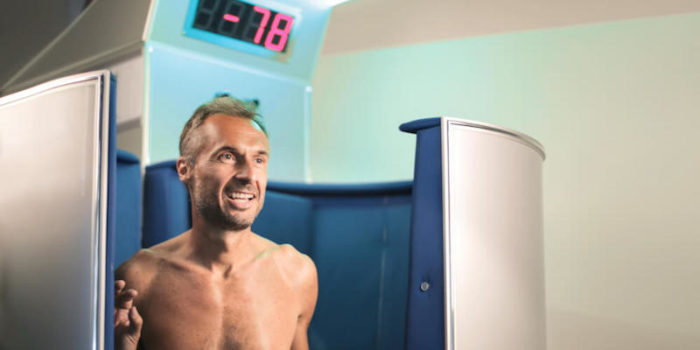
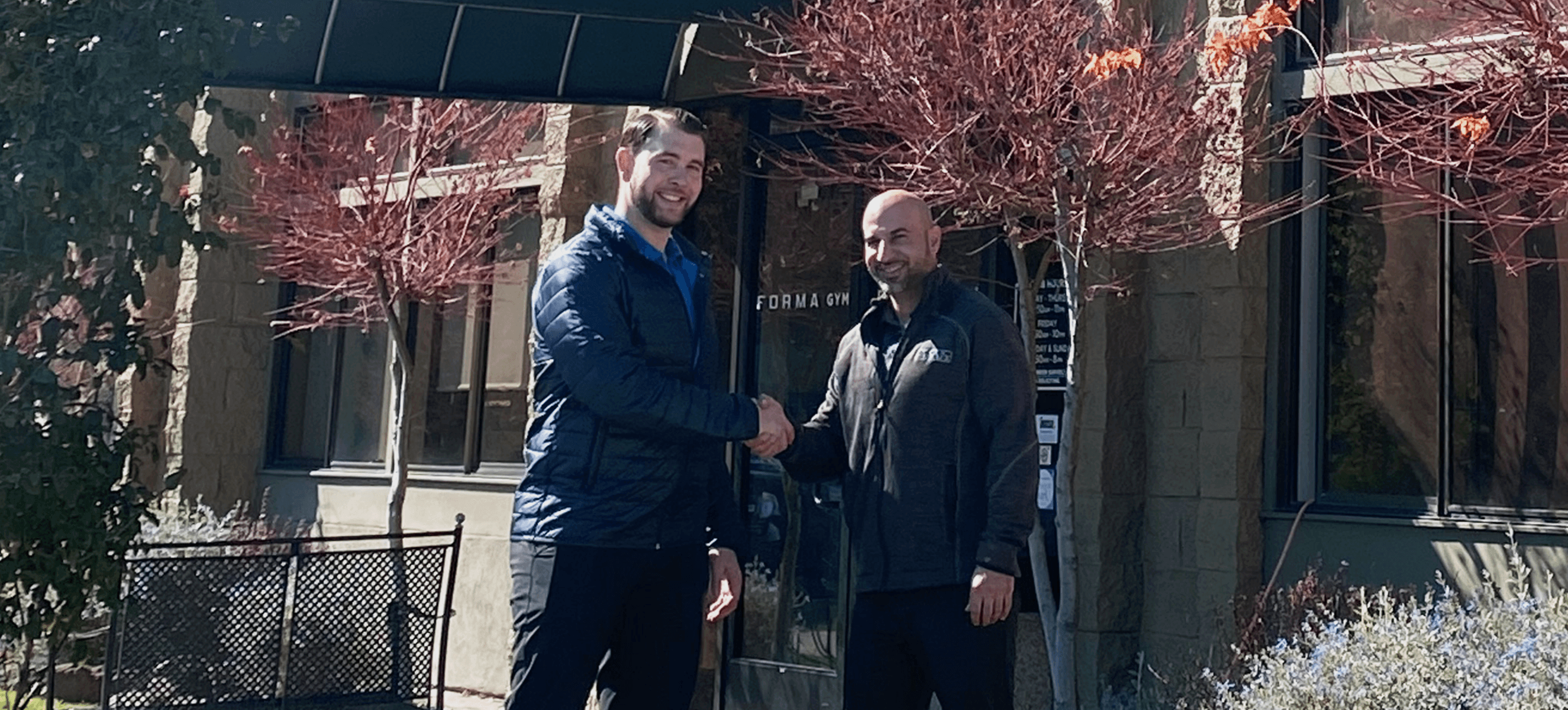
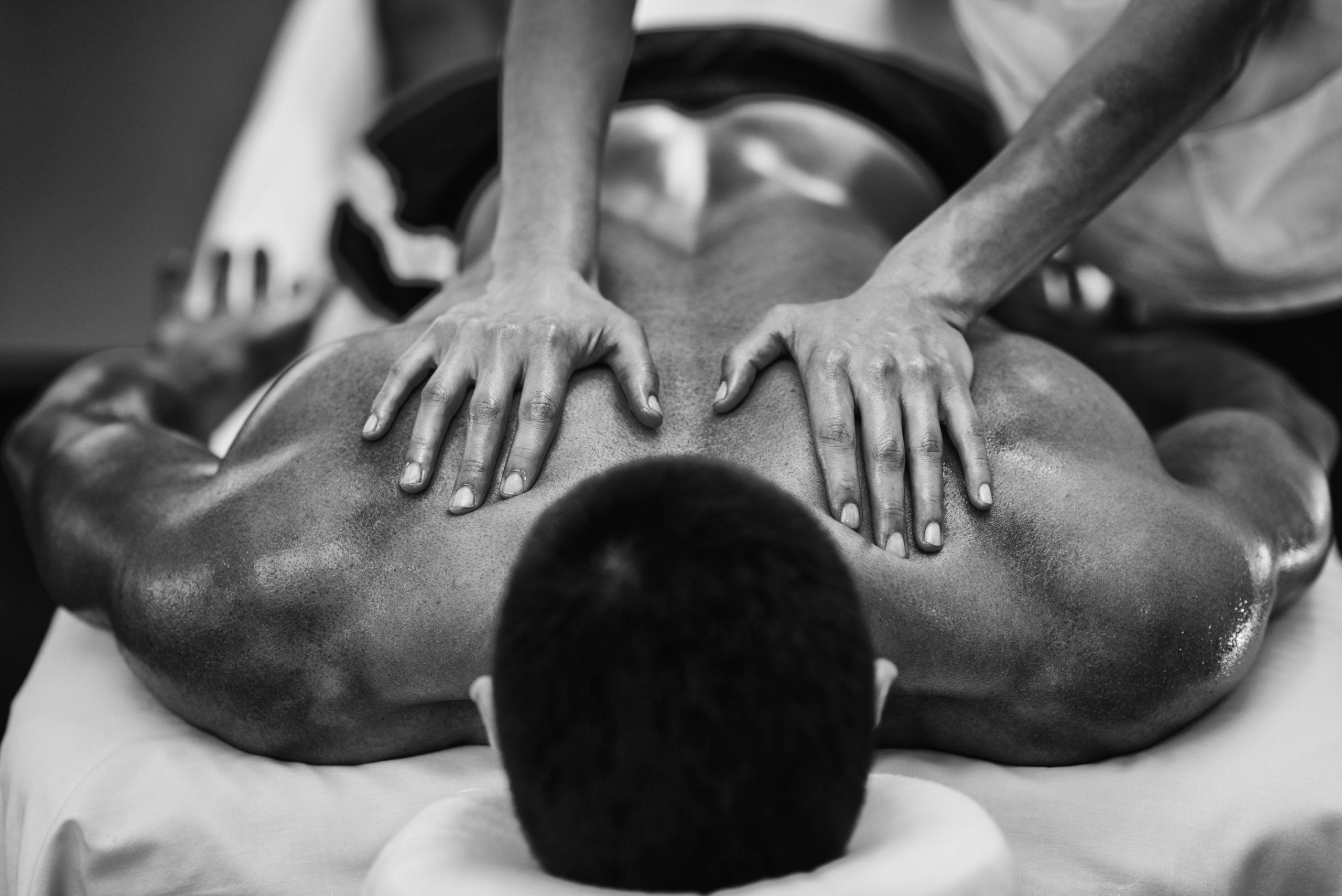

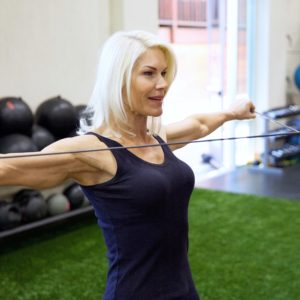
 Learn how to build the best diet for you at Forma Gym’s Build your Perfect Diet seminars on
Learn how to build the best diet for you at Forma Gym’s Build your Perfect Diet seminars on 
